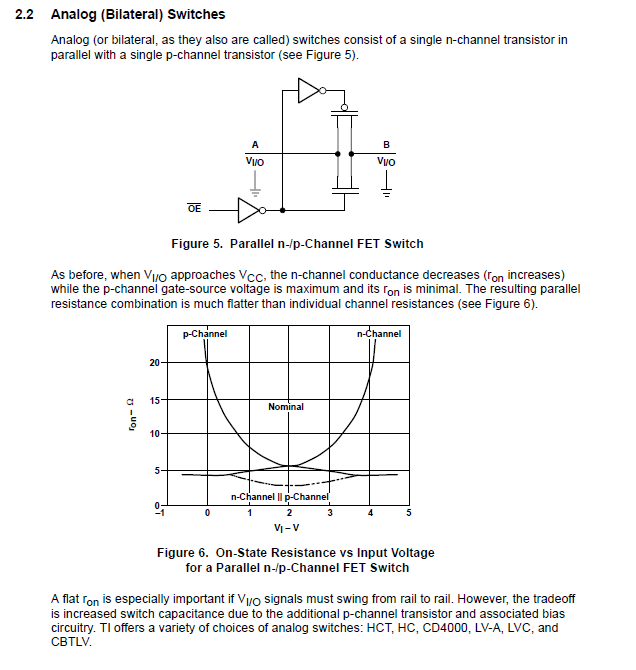Other Parts Discussed in Thread: TMUX1511
Dear Team,
Do you have any ideas the root cause it can't bi-directional?
A signals from system CPLD on main board.
B signals from CPU GPIO and OE from CPU CPLD control.
All power sequences are controlled by the system CPLD.
If we connect from B to A in JTAG upgrade, the system will cause shutdown.
Then we exchange the signals of A and B, and the system will be updated normally.
Please help to check the SN74CBTLV3126 schematic.
BR
Kevin




